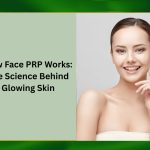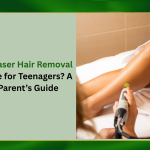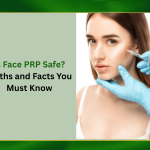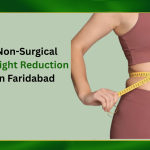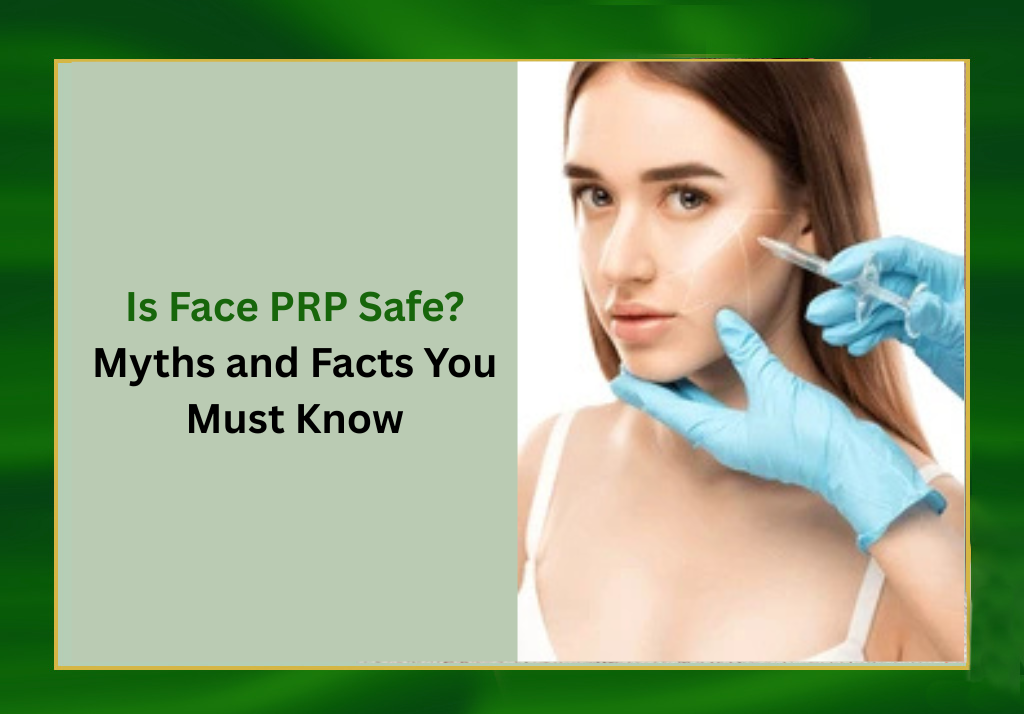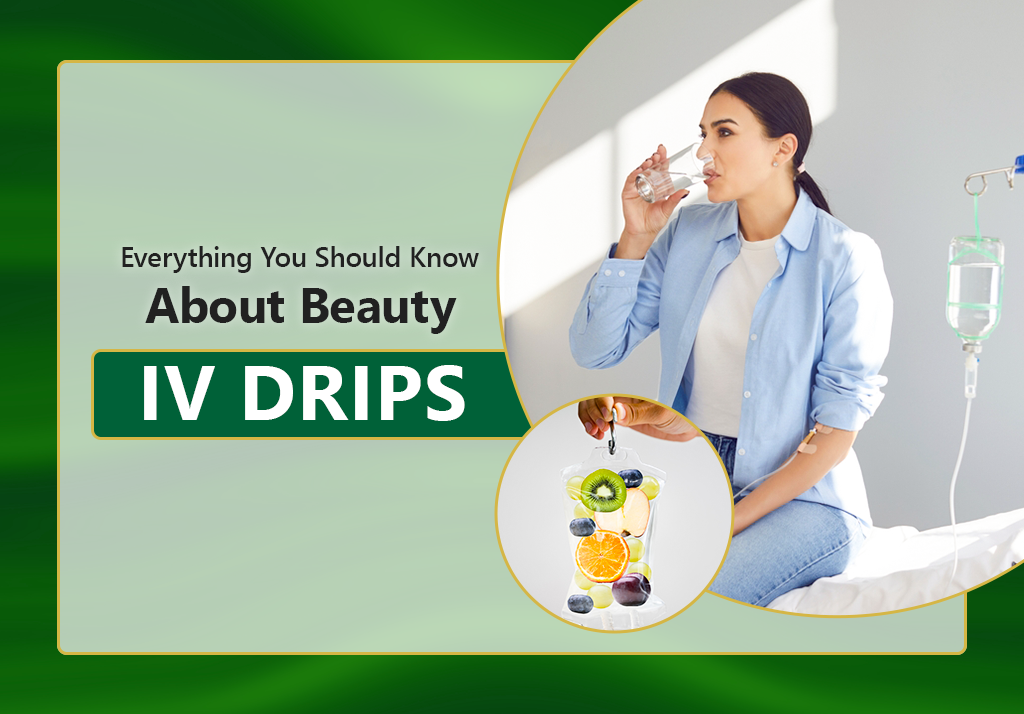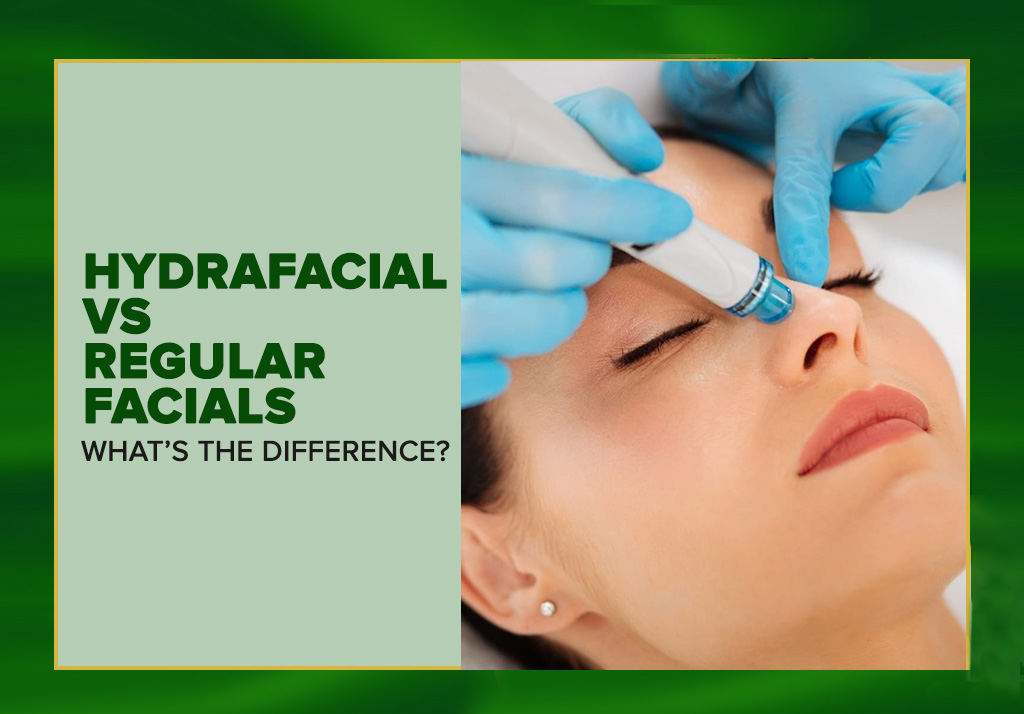Platelet-Rich Plasma (PRP) therapy for the face, often called the “Vampire Facial”, has gained massive popularity in aesthetic clinics across India. From boosting collagen production to treating acne scars and under-eye hollowness, the benefits sound too good to ignore. But is face PRP safe?
If you’re curious or cautious, this guide uncovers the real safety profile of PRP face treatment in Faridabad, busts popular myths, and gives you science-backed facts to help you decide.
What is Face PRP and How Does It Work?
PRP for the face is a non-surgical aesthetic procedure that uses the healing properties of your own blood. Here’s how it works:
- A small amount of blood is drawn from your arm.
- It’s spun in a centrifuge to isolate Platelet-Rich Plasma.
- This concentrated plasma, rich in growth factors, is then injected or microneedled into your facial skin.
The result? Natural skin regeneration, increased collagen, improved texture, and a youthful glow—all using your body’s own resources.
Is Face PRP Safe? Doctor-Backed Answer
Yes, PRP for the face is generally very safe, especially when performed at a licensed skin clinic by qualified professionals. Since the treatment uses your own blood (autologous therapy), the chances of allergic reaction or infection are very low.
Clinics using FDA-approved PRP kits and following strict sterile procedures offer the highest level of safety. Moreover, PRP has been used in wound healing, dentistry, and orthopaedics for over a decade—establishing its medical credibility.
5 Popular Myths About PRP Facials — Busted!
Let’s decode the most searched myths surrounding face PRP and reveal the truth:
Myth 1: PRP for Face is Painful
Most modern dermatology clinics apply a topical numbing cream before starting the PRP facial treatment, making the procedure very comfortable. Patients generally report only mild pricks or slight pressure during the session. Thanks to this numbing step, PRP therapy for skin rejuvenation is well-tolerated and ideal even for those with a low pain threshold.
Myth 2: PRP Can Cause Infections
PRP facial is considered extremely safe because it involves your own blood—eliminating the risk of allergic reactions. When performed by a certified practitioner using sterile needles, FDA-cleared PRP kits, and proper hygiene standards, the risk of infection is minimal to none. Always choose a licensed skin clinic to ensure safety.
Myth 3: PRP Offers Instant Results
PRP therapy doesn’t deliver overnight results because it works by naturally boosting collagen and elastin production. Most people begin to see a visible difference in their skin’s texture, tone, and radiance around 3–4 weeks post-treatment. It’s a gradual process with long-term skin benefits—not a quick fix.
Myth 4: PRP is Only for Celebrities
Once considered a luxury procedure, PRP facials are now widely accessible and affordable in many skin clinics across India. Clinics in cities like Delhi, Mumbai, and Bangalore offer cost-effective PRP packages, making it a go-to skin rejuvenation option not just for celebrities, but also for everyday people seeking non-surgical treatments.
Myth 5: PRP Results Last Forever
While PRP provides long-lasting skin rejuvenation, the results are not permanent. To maintain glowing, youthful skin, dermatologists recommend follow-up PRP sessions every 6–12 months. Your skin continues to age, and maintaining collagen levels requires consistency. PRP is best seen as a part of your ongoing skincare routine.
Key Benefits of Face PRP You Should Know
PRP is one of the safest non-surgical anti-aging treatments that delivers noticeable skin enhancement without downtime.
- Stimulates natural collagen production.
- Improves skin texture and elasticity.
- Reduces acne scars and pigmentation.
- Brightens dull and tired-looking skin.
- Helps reduce fine lines and wrinkles.
- Ideal for under-eye rejuvenation (dark circles, hollowness).
Who is Face PRP Safe For?
PRP facials are generally safe for:
- Individuals aged 25–60 with dull, aging, or acne-prone skin.
- People looking for a natural, needle-based glow treatment.
- Those who want skin tightening without Botox or fillers.
Who Should Avoid PRP?
- Pregnant or breastfeeding women.
- Individuals with blood clotting disorders.
- Those with active skin infections or cystic acne.
- People on heavy blood-thinning medications.
Possible Side Effects and Recovery Timeline
These effects typically fade within 24–48 hours. There’s no significant downtime, making it a lunchtime procedure for many. PRP facials have minimal side effects, which may include: Mild redness, Swelling, Bruising at injection sites.
There are no known long-term side effects when PRP is done correctly. It’s considered safer than many chemical peels or injectables, as it avoids foreign substances.
How Does PRP Compare to Other Facial Treatments?
PRP stands out for its safety profile and natural results, making it ideal for first-time aesthetic clients.
| Treatment | Downtime | Invasiveness | Lasting Results |
| PRP Facial | 1–2 days | Low | 6–12 months |
| Chemical Peel | 3–5 days | Medium | 4–6 months |
| Microneedling | 2–4 days | Medium | 6–9 months |
| Botox/Fillers | 1–2 days | Medium–High | 4–8 months |
How to Choose a Safe PRP Clinic?
Don’t just walk into any skin clinic for your face PRP. Here’s what you should look for:
- Board-certified dermatologist or aesthetic physician.
- Usage of FDA-approved PRP kits.
- Sterile environment and single-use needles.
- Transparent pricing with no hidden costs.
- Positive online reviews and before-after photos.
Final Thoughts: Is Face PRP Worth It?
If you’re seeking a safe, effective, and natural-looking facial treatment, PRP is an excellent choice. It’s backed by medical science, has minimal downtime, and is suitable for most skin types. Just ensure it’s done by a qualified practitioner at a reputed clinic.
Looking for the best PRP facial clinic in Faridabad? Visit Studio 1915 in Faridabad. Book your consultation today and glow naturally with PRP.
